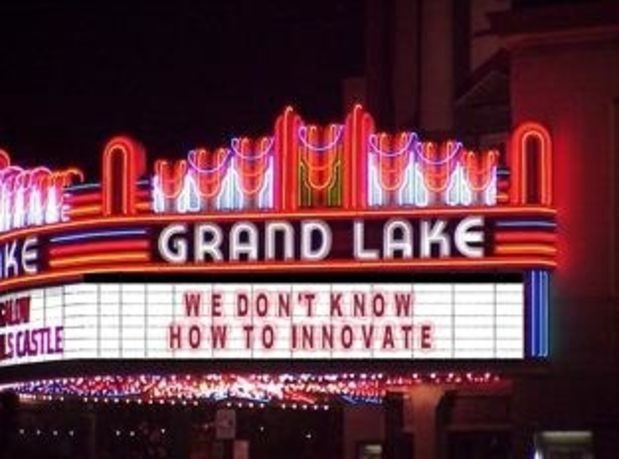Buying Into Corporate Research & Development (R&D)
Post on: 16 Март, 2015 No Comment

The SBIR Program
The Small Business Innovation Research (SBIR) program is a highly competitive program that encourages domestic small businesses to engage in Federal Research/Research and Development (R/R&D) that has the potential for commercialization. Through a competitive awards-based program, SBIR enables small businesses to explore their technological potential and provides the incentive to profit from its commercialization. By including qualified small businesses in the nation’s R&D arena, high-tech innovation is stimulated and the United States gains entrepreneurial spirit as it meets its specific research and development needs.
SBIR NewsLetter
SBIR Mission and Program Goals
The mission of the SBIR program is to support scientific excellence and technological innovation through the investment of Federal research funds in critical American priorities to build a strong national economy.
The program’s goals are four-fold:
- Stimulate technological innovation
- Meet Federal research and development needs.
- Foster and encourage participation in innovation and entrepreneurship by socially and economically disadvantaged persons.
- Increase private-sector commercialization of innovations derived from Federal research and development funding.
SBIR-Participating Agencies
Each year, Federal agencies with extramural research and development (R&D) budgets that exceed $100 million are required to allocate 2.8 percent of their R&D budget to these programs. Currently, eleven Federal agencies participate in the program:
Each agency administers its own individual program within guidelines established by Congress. These agencies designate R&D topics in their solicitations and accept proposals from small businesses. Awards are made on a competitive basis after proposal evaluation.
Three-Phase Program
The SBIR Program is structured in three phases:
Phase I. The objective of Phase I is to establish the technical merit, feasibility, and commercial potential of the proposed R/R&D efforts and to determine the quality of performance of the small business awardee organization prior to providing further Federal support in Phase II. SBIR Phase I awards normally do not exceed $150,000 total costs for 6 months.

Phase II. The objective of Phase II is to continue the R/R&D efforts initiated in Phase I. Funding is based on the results achieved in Phase I and the scientific and technical merit and commercial potential of the project proposed in Phase II. Only Phase I awardees are eligible for a Phase II award. SBIR Phase II awards normally do not exceed $1,000,000 total costs for 2 years.
Phase III. The objective of Phase III, where appropriate, is for the small business to pursue commercialization objectives resulting from the Phase I/II R/R&D activities. The SBIR program does not fund Phase III. Some Federal agencies, Phase III may involve follow-on non-SBIR funded R&D or production contracts for products, processes or services intended for use by the U.S. Government.
SBIR Program Eligibility
Only United States small businesses are eligible to participate in the SBIR program. An SBIR awardee must meet the following criteria at the time of Phase I and II awards:
- Organized for profit, with a place of business located in the United States;
- More than 50 percent owned and controlled by one or more individuals who are citizens of, or permanent resident aliens in, the United States, or by another for-profit business concern that is more than 50% owned and controlled by one or more individuals who are citizens of, or permanent resident aliens in, the United States; and
- No more than 500 employees, including affiliates
- For awards from agencies using the authority under 15 U.S.C. 638(dd)(1), an awardee may be owned and controlled by more than one VC, hedge fund, or private equity firm so long as no one such firm owns a majority of the stock.
- Phase I awardees with multiple prior awards must meet the benchmark requirements for progress toward commercialization .
See the Eligibility Guide for more detailed information.
Congressional History
The SBIR program was established under the Small Business Innovation Development Act of 1982 (P.L. 97-219) with the purpose of strengthening the role of innovative small business concerns in Federally-funded research and development (R&D). Through FY2009, over 112,500 awards have been made totaling more than $26.9 billion.
In December 2000, Congress passed the Small Business Research and Development Enhancement Act (P.L. 102-564) The program was reauthorized until September 30, 2008 by the Small Business Reauthorization Act of 2000 (P.L. 106-554). Subsequently, Congress passed numerous extensions, the most recent of which extends the SBIR program through 2017.
Competitive Opportunity for Small Business
SBIR targets the entrepreneurial sector because that is where most innovation and innovators thrive. However, the risk and expense of conducting serious R&D efforts are often beyond the means of many small businesses. By reserving a specific percentage of federal R&D funds for small businesses, SBIR protects the small business and enables it to compete on the same level as larger businesses. SBIR funds the critical startup and development stages and it encourages the commercialization of the technology, product, or service, which, in turn, stimulates the U.S. economy. Since its enactment in 1982, the SBIR program has helped thousands of small businesses to compete for federal R&D awards. Their contributions have enhanced the nation’s defense, protected our environment, advanced health care, and improved our ability to manage information and manipulate data.
SBA Role
The US Small Business Administration serves as the coordinating agency for the SBIR program. It directs the agencies’ implementation of SBIR, reviews their progress, and reports annually to Congress on its operation. SBA is also the information link to SBIR program.
For more information on the SBIR Program, please contact:














